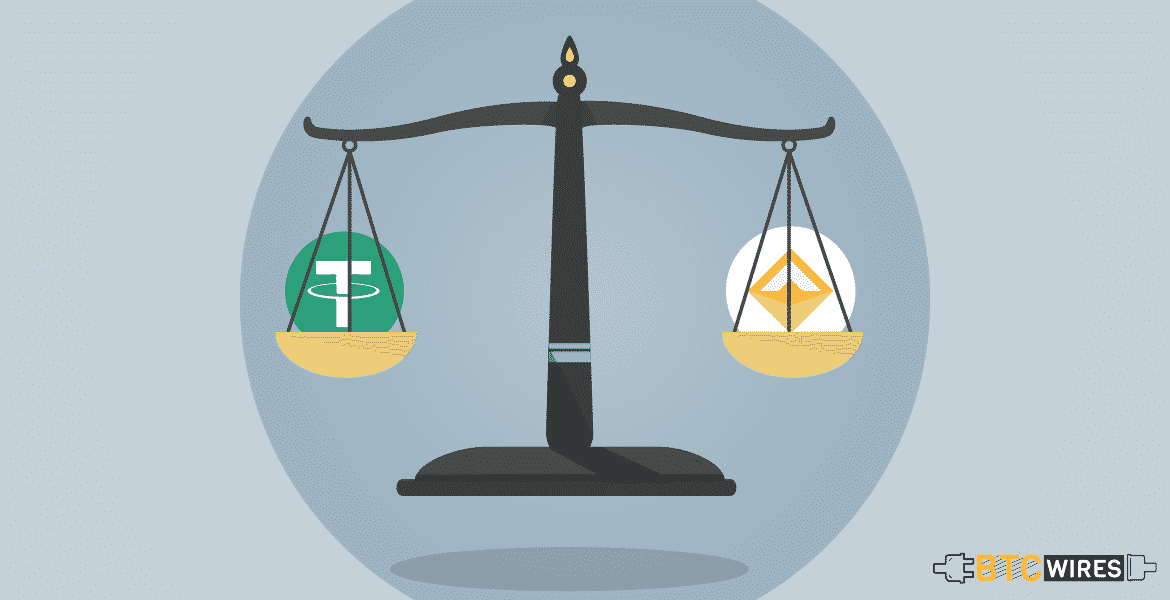Stablecoin have quickly gained the popularity this year. A stablecoin is

Stablecoin have quickly gained the popularity this year. A stablecoin is any cryptocurrency pegged to a stable asset, such as gold or fiat currencies. Often times stablecoins are linked to a DAO which controls issuance and pricing.
Currently, there are dozens of stablecoins in circulation owning names like Tether, Basis, Sagacoin, TrueUSD, Dai and Carbon. With Paxos Standard token and Gemini Dollar, the new stablecoins in the market have received the approval from the officials of the New York Department of Financial Services.
Stablecoins are designed to maintain a consistent value, either because they are backed 1:1 with fiat currency, utilize collateral an algorithm that adjusts supply accordingly based on activity.
Stablecoins differ from the traditional cryptocurrencies even after having the same technologies. The value of stablecoin is stable just like their names, in terms of dollars or their equivalent, making these attractive as units of account and stores of value.
The vice president of strategy and operations at Spring Labs, Daniel Mason said, “Tokenized money has clear advantages over traditional money: forgery is essentially impossible, better traceability improves regulatory functions like AML and makes monetary policy easier to set, and transactions become more efficient through reduced reliance on middlemen,” He further added these represent “a huge opportunity within the cryptocurrency space.”
Havven is a decentralized autonomous organization overseen by a stablecoin called nUSD. The founder of the group, Kain Warwick, has the similar views like Mason as he also believes that there’s a bright future ahead for the new type of cryptocurrencies, which he believes will be key to the growth of the broader blockchain ecosystem.
Warwick stated, “If the blockchain ecosystem is to continue expanding, the friction of only being able to transact with volatile currencies must be resolved.” He further added, “Payments should be the core of the ecosystem, but as long as transacting with crypto isn’t a frictionless experience, apps and platforms that could be adding to and building out the space can’t reach the audience they should be reaching. Basically, once we have a decentralized and scalable stablecoin with good liquidity, this will encourage other aspects of the space to grow.”
In his vision, stablecoins have the ability to solve many issues related to cryptocurrencies. He illustrated the example of initial coin offerings (ICOs) which have mostly been raising funding in ether, a cryptocurrency that’s seen its value plummet by more than 80% since the beginning of the year, Warwick said:
“Many blockchain projects raised funds in ether while it had a much higher value than it currently does. If those projects had raised money in a stablecoin rather than in ether, they wouldn’t have seen the major loss in the total value of their funds, thus supplying them with the longer runway and a far greater ability to execute on their roadmap.”
The cryptocurrency enthusiasts, the only problem with the fiat-pegged stablecoins is that they do not come in accordance with the key values of the cryptocurrencies including decentralization and freedom.

